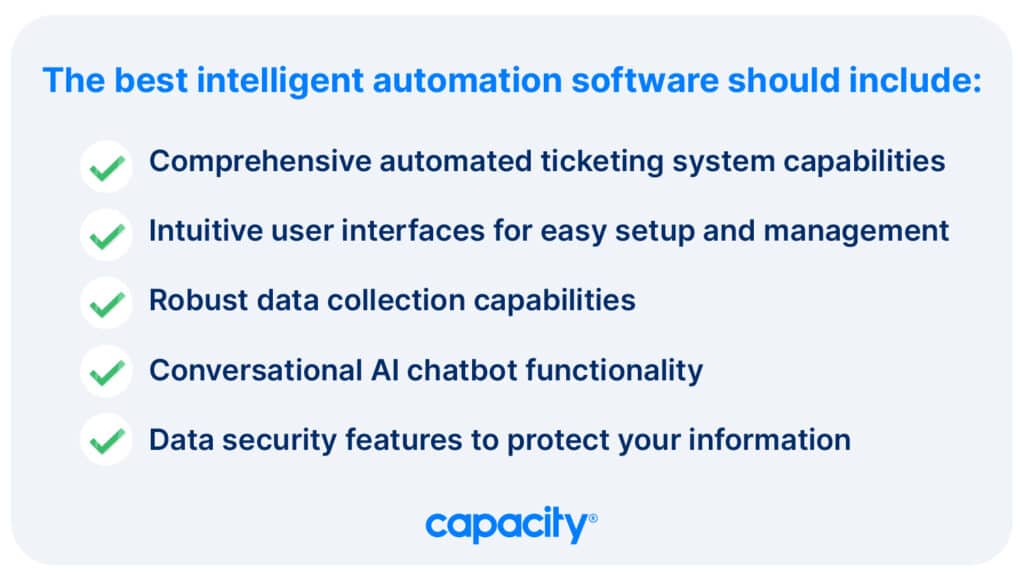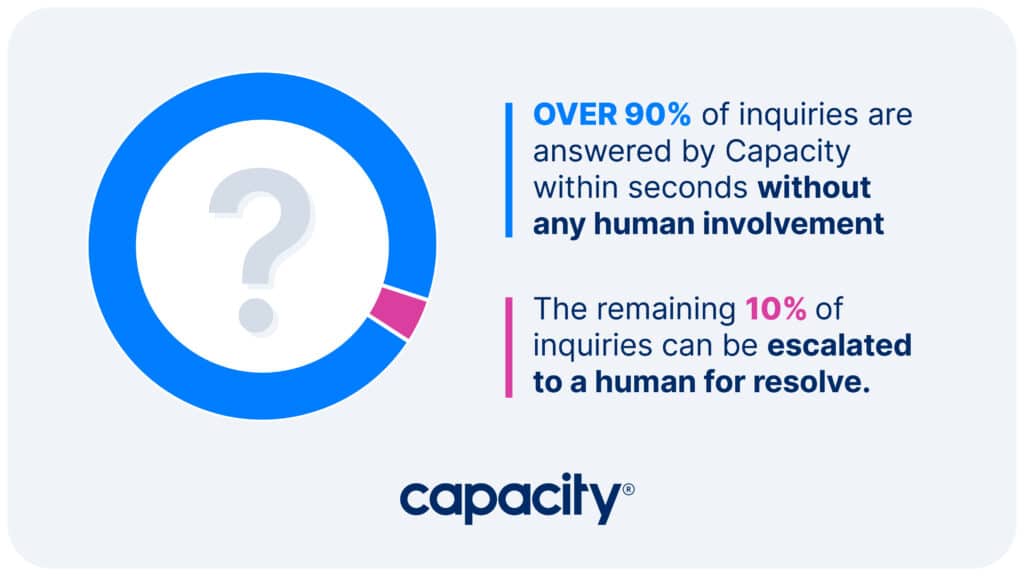It’s 2024 and businesses around the world are starting to become more automated. It’s a new era of intelligent automation that can revolutionize the way we do business – but it doesn’t come without its challenges. Luckily, there are steps you can take to make sure your organization is on the right track when it comes to automation implementation.
Here are the 6 steps you should take to ensure a successful transition into intelligent automation:
What is best practice when approaching an automation effort?
Adopting automation can be a walk in the park when you take the growth mindset approach. Start small, automating a straightforward yet critical business task and systematically expand your use of automation. This way you can maximize its effectiveness in improving operations and profitability for your company.
Keep in mind that automation is an ever-evolving technology, so it’s essential to stay up-to-date with the latest trends and developments. Doing so can help you get the most out of automation and ensure its success within your organization.

Get Started with AI
Capacity’s customized AI Assessments can help:
- Identify opportunities for using AI
- Prioritize use cases that fit your goals
- Build an action plan for implementation
Step 1: What is the first step to approaching automation? How to get started
The first step to approaching automation is understanding what tasks you want to automate. You need to identify the processes or tasks that take too much time or resources and could be efficiently completed by a machine.
Here are some questions to get you thinking:
- Which tasks do I spend the most time working on?
- How many shoulder taps does my team get every day?
- What common questions get asked the most?
- Which processes take the longest to complete and why?
Check out The State of Support Automation Report to see why 3 out of 4 executives plan to adopt AI support solutions in the next 6 months.
Step 2: Define the scope of automation for each task
Be sure to include the steps needed for the successful automation of the tedious tasks you found. Your goal is to ensure proper use and deployment of automation so it runs efficiently.
Go through each task and outline the entire process from start to finish, including every nitty-gritty detail. Make note of any areas that need improvement or optimizations. This will make the steps to approaching automation that much easier in the long run. Automation implementation can be a challenging process, but defining the roadmap can help ease any doubts.
Step 3: Identify the proper tools to execute automation steps
Once you have identified the repetitive tasks and scope, you need to choose the right tools. There are many types of automation software available on the market, so it is essential to research to find the best solution for your needs.
The best intelligent automation software should include:
- Comprehensive automated ticketing system capabilities
- Intuitive user interfaces for easy setup and management
- Robust data collection capabilities for quick decision making
- Conversational AI chatbot functionality
- Data security features to protect your information

Step 4: Outline the automation implementation process
After you have selected the right tools, you need to implement them into your workflow. Depending on your preferences and needs, this can be done gradually or at once.
Outlining the automation implementation process requires you to identify the steps that need to be taken before launching intelligent automation software. This includes mapping out how your existing processes are currently operating, determining where and when automated steps will take place, training employees on new tools or systems, and developing a timeline for completion. It is also important to think about scaling up automation efforts over time – focusing first on the most essential steps and gradually increasing complexities with each new iteration.
Step 5: Analyze existing data sources to gain insights
Data analysis is an important part of automation implementation. Existing data sources can be used to gain insights into the steps to approaching automation and create a comprehensive understanding of how automated systems will interact with existing processes.
Gathering this data will allow you to identify patterns, measure performance, and make more informed decisions about automation steps going forward. This will help you understand what needs to be adjusted for maximum efficiency and success. Additionally, if the automation software you have chosen incorporates machine learning capabilities, data analysis can be used to further optimize emerging AI models and improve performance.
Step 6: Implement and optimize the process to maximize efficiency
Once you have outlined time-consuming tasks and identified the proper tools for execution, it’s time to implement them. This requires keeping an eye on any areas that need improvement or optimization in order to maximize efficiency. Keep a close watch on how your automated processes are running and make sure they are meeting your expectations.
If any issues arise, investigate and identify steps to improve the process. Regularly monitoring the process will help ensure successful automation implementation and allow you to continually refine and optimize steps for maximum performance.

How Capacity can help with automation implementation
Capacity is an intelligent automation platform that leverages AI and analytics to provide end-to-end automation solutions. It takes the stress out of automation implementation by providing a comprehensive suite of tools, including automated ticketing systems, conversational AI chatbots, a robust knowledge base, and live chat features.
Capacity makes it easy to implement automation solutions for any business. Capacity’s top-notch customer success team is there with you every step of the way, making sure you get the most out of the platform.
Companies that implement support automation solutions deflect over 90% of inquires without lifting a finger.
Ready to talk to a Capacity expert? Sign up for a personalized demo or learn more with our guidebook, The State of Support Automation!





